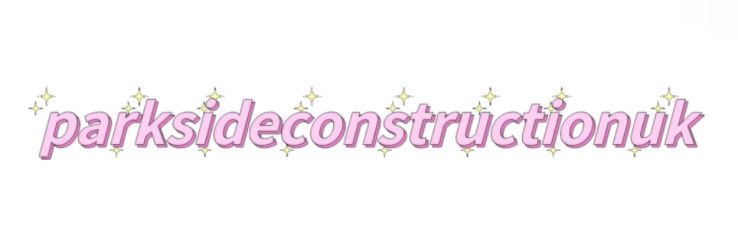Is Your Glass Fiber Phenolic Insulation Fire Safety Compliant?
When it comes to ensuring fire safety in construction, materials such as glass fiber phenolic insulation play a crucial role. The compliance of these materials with fire safety regulations is a topic that requires careful consideration from industry experts.
For more information, please visit Glass Fiber Polymerized Phenolic Insulation Board.
Understanding Glass Fiber Phenolic Insulation
Glass fiber phenolic insulation, or Glass Fiber Polymerized Phenolic Insulation Board, has gained recognition for its superior thermal insulation properties. However, its fire safety characteristics are what truly determine its suitability in various applications.
Industry Insights on Fire Safety Compliance
Experts have voiced differing opinions regarding the fire safety compliance of glass fiber phenolic insulation. Here are some key insights worth noting:
Expert Opinion: Dr. Sarah Thompson, Fire Safety Engineer
Dr. Thompson emphasizes that while glass fiber phenolic insulation boasts impressive fire-resistant qualities, the installation process plays a significant role in overall compliance. “Even the best material can fail if not installed correctly. It’s essential for building professionals to adhere strictly to manufacturers' guidelines and relevant fire codes,” she warns. According to her, ensuring that the insulation meets the required testing protocols is imperative to avoid any safety risks.
Expert Opinion: John Carver, Building Code Consultant
John Carver raises concerns about the variability in product quality. “Not all glass fiber phenolic insulation products are created equal. Compliance can vary significantly between manufacturers,” he notes. He advocates for rigorous third-party testing and certification as a best practice for ensuring that a product truly meets industry fire safety standards.
Expert Opinion: Melissa Huang, Architect
From an architectural standpoint, Melissa Huang points to the importance of integrated design when considering insulation materials. “The entire building envelope needs to be factored into fire safety planning. Glass fiber polymerized phenolic insulation can perform well in isolation, but its application alongside other materials can impact its overall effectiveness,” she states. Huang suggests that architects work closely with fire safety engineers to ensure all elements function cohesively.
Regulatory Considerations
Compliance with local and international fire safety regulations is paramount. Building codes, such as the International Building Code (IBC) and National Fire Protection Association (NFPA) standards, set forth specific requirements that must be met. It is critical to review these regulations when selecting glass fiber phenolic insulation.
The Role of Testing Standards
Testing standards, including ASTM E84 and ASTM C726, are essential in assessing fire performance. Dr. Thompson points out, “Ensure your insulation has been tested and rated according to these standards. This not only confirms its fire resistance but also helps in meeting compliance.”
Conclusion: Best Practices for Compliance
To ensure your glass fiber phenolic insulation is fire safety compliant, consider the following best practices:
- Select high-quality products from reputable manufacturers.
- Verify that all materials meet local and national fire safety codes.
- Engage in thorough installation training for professionals handling the materials.
- Incorporate comprehensive fire safety planning in the building design process.
By following these guidelines and staying informed through expert opinions, you can confidently assess and ensure the fire safety compliance of your glass fiber phenolic insulation.
If you want to learn more, please visit our website External Wall Insulation Phenolic Board.

